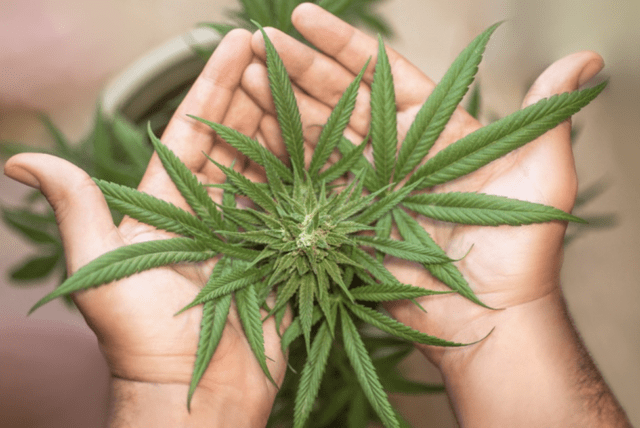TALLAHASSEE, Fla. — The Florida Department of Health (Department) reminds individuals and health care providers to be aware of the potential negative impacts on children and adolescents from marijuana use.
Marijuana has become the most used illicit drug in the United States, with rising usage among children and adolescents. Over 61.8 million Americans ages 12 and older reported using cannabis in the past year. With many teenagers believing that marijuana is safer than alcohol and other drugs, usage continues to rise among children and adolescents with more than 2.5 million adolescents illicitly using marijuana between the ages of 12–17 years old. Increased access to non-medical cannabis and cannabis-related products, such as marijuana, increases opportunities for cannabis intoxication and hospitalization among youth.
Florida-specific estimates of marijuana use and related risks among middle and high school students from 2023 show: over 221,000 students have ever used marijuana, over 115,000 students used marijuana in the past 30 days, over 232,000 students rode in a vehicle driven by someone who had been using marijuana in the past 30 days, and over 73,000 students drove a vehicle after using marijuana in the past 30 days.
Over the past eight years, the rate of poison control calls due to pediatric (0–17 years old) exposure to marijuana has increased from 72 to 696, an 867% increase from 2016 to 2023. Similarly, pediatric emergency department visits due to marijuana exposure in Florida have also increased from 697 to 6,522, an 836% increase from 2016 to 2023.
Research indicates that marijuana use during critical developmental periods, such as adolescence, can have significant adverse effects on cognitive and mental health. In addition, it increases the risk of becoming addicted for individuals who begin using prior to turning 18 years old.
Individuals should be aware of safety concerns which include:
- Cognitive Development: Studies show that adolescents who use marijuana long term are at risk for an average decrease of eight IQ points, particularly when use begins during early adolescence.
- Mental Health: Approximately 30% of adolescents who use marijuana may develop some degree of marijuana addiction, and there is an established link between marijuana use and increased rates of anxiety, depression, and psychosis (including schizophrenia), especially among young men. Additionally, adolescents who use cannabis face more than an eleven times greater risk of developing psychotic disorders compared to non-users.
- Brain Development: The human brain continues to develop until the mid-20s, and marijuana use can interfere with development. Studies indicate that regular marijuana use in adolescents is associated with impairments in attention, memory, and processing speed – with some deficits persisting even after cessation of use.
- Accidental Exposure: Furthermore, as new products, formulations, and delivery devices (e.g., vaping) enter the market, there is an even greater risk for accidental exposure among children and adolescents, resulting in potential increased negative clinical impacts on adolescent health. Calls to poison control centers regarding accidental cannabis ingestion among children have increased by over 150% since the legalization of cannabis in several states.
The State Surgeon General recommends against the use of recreational marijuana and cannabis products among adolescents.
The Department asks health care providers to consider the following:
- Incorporating routine screening for substance use in pediatric patients, especially in those aged 12 and older.
- Providing evidence-based counseling to families about the risks associated with adolescent marijuana use.
Referring patients who are showing signs of substance use disorder to appropriate mental health resources, which can be lifesaving






















